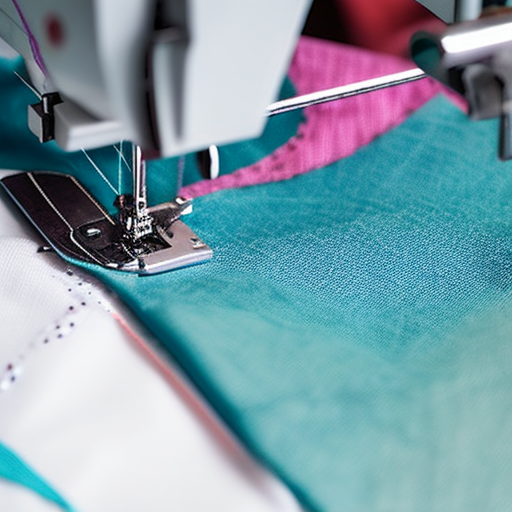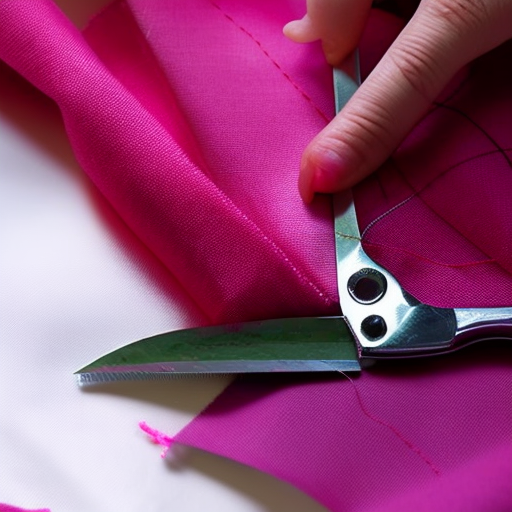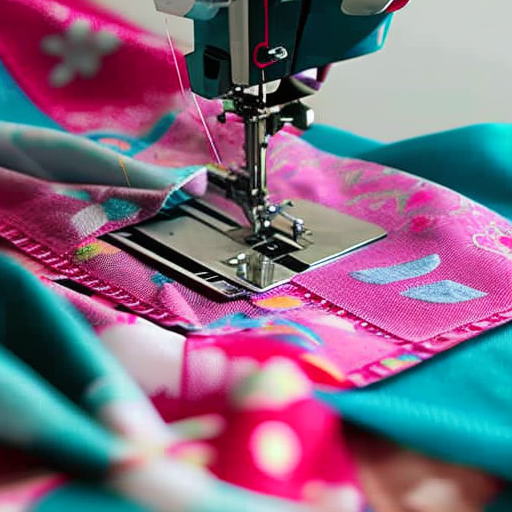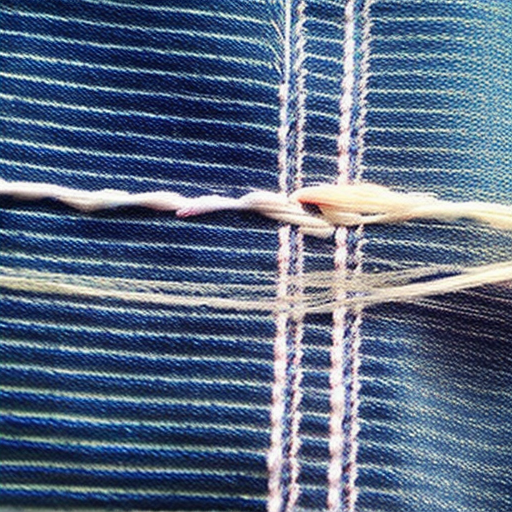Simple Sewing Stitches KS2

Introduction
Learning sewing stitches can be an enjoyable and creative experience for KS2 students. Sewing is a valuable skill that allows individuals to repair, mend, and create various fabric items. In this article, we will explore some simple sewing stitches that are suitable for KS2 students to learn and practice.
Running Stitch
The running stitch is one of the most basic and versatile sewing stitches. It is commonly used for basting, gathering fabric, and basic stitching. To create a running stitch:
- Thread a needle and tie a knot at the end.
- Insert the needle from the backside of the fabric.
- Bring the needle up through the fabric a short distance away.
- Continue stitching, keeping the stitches evenly spaced.
- To finish, tie a knot at the end and secure it on the fabric.
Backstitch
The backstitch is a strong and durable stitch commonly used for joining fabrics together. To create a backstitch:
- Thread a needle and tie a knot at the end.
- Insert the needle from the backside of the fabric, a short distance from the starting point.
- Bring the needle forward and insert it back into the fabric at the starting point.
- Continue stitching by inserting the needle a short distance ahead and bringing it back to the previous stitch, creating a backward movement.
- To finish, tie a knot at the end and secure it on the fabric.
Blanket Stitch
The blanket stitch is often used for finishing raw fabric edges, creating decorative borders, or joining layers of fabric. To create a blanket stitch:
- Thread a needle and tie a knot at the end.
- Insert the needle from the backside of the fabric, a short distance from the edge.
- Bring the needle up and insert it back into the fabric, creating a loop.
- Before pulling the thread completely, pass the needle through the loop, securing it.
- Continue stitching, creating evenly spaced loops along the fabric edge.
- To finish, tie a knot at the end and secure it on the fabric.
Conclusion
Mastering simple sewing stitches at a young age allows KS2 students to develop their fine motor skills, creativity, and problem-solving abilities. These basic stitches provide a foundation for more advanced sewing techniques in the future. Encourage your students to explore the world of sewing and witness the satisfaction of creating something beautiful and functional with their own hands.





Very helpful information – thank you!
Emily Hesse: Great tutorial for new sewers!
This is a great resource for anyone interested in sewing. It provides an excellent tutorial for beginners, as well as a refresher for more experienced sewers. The simple stitches featured are perfect for KS2’s learning level, making this a great educational resource!